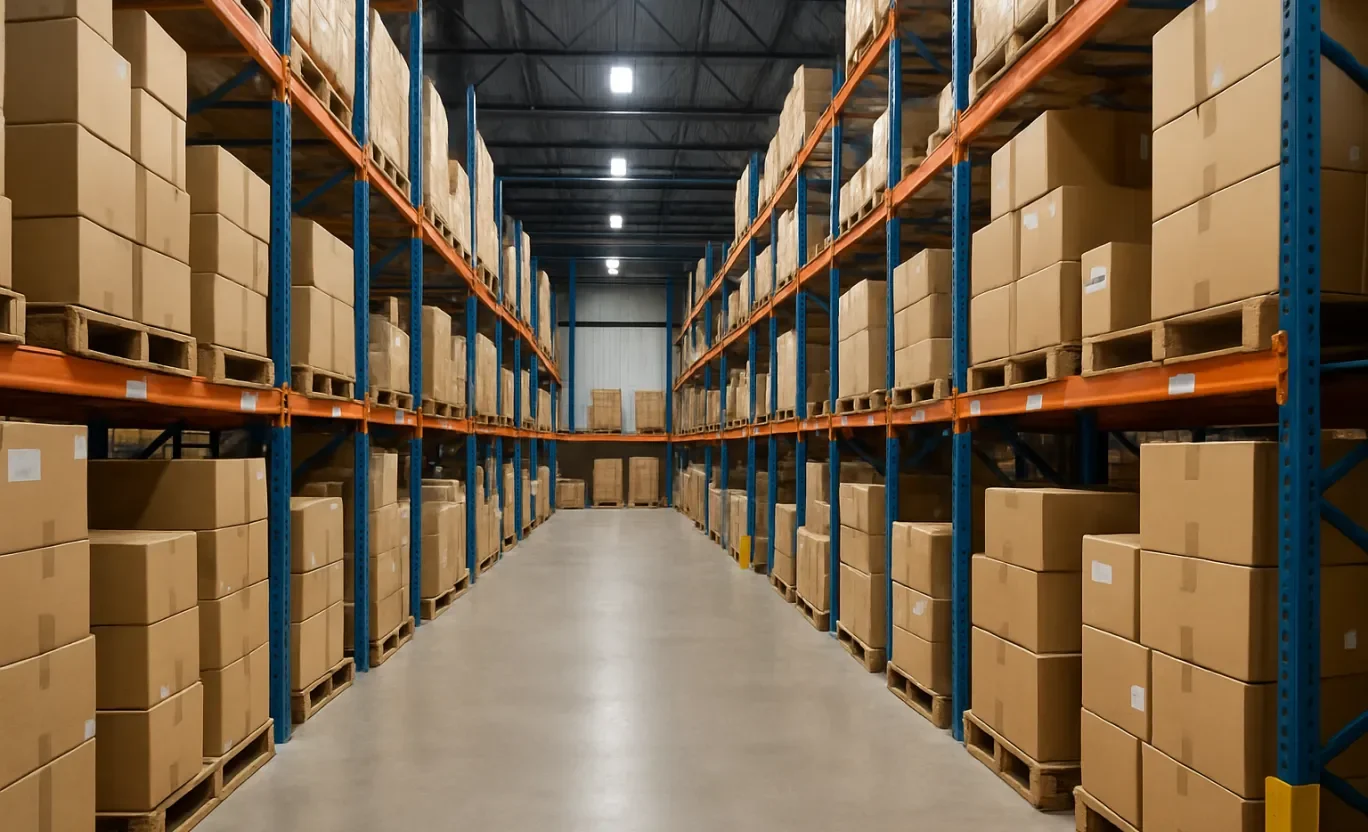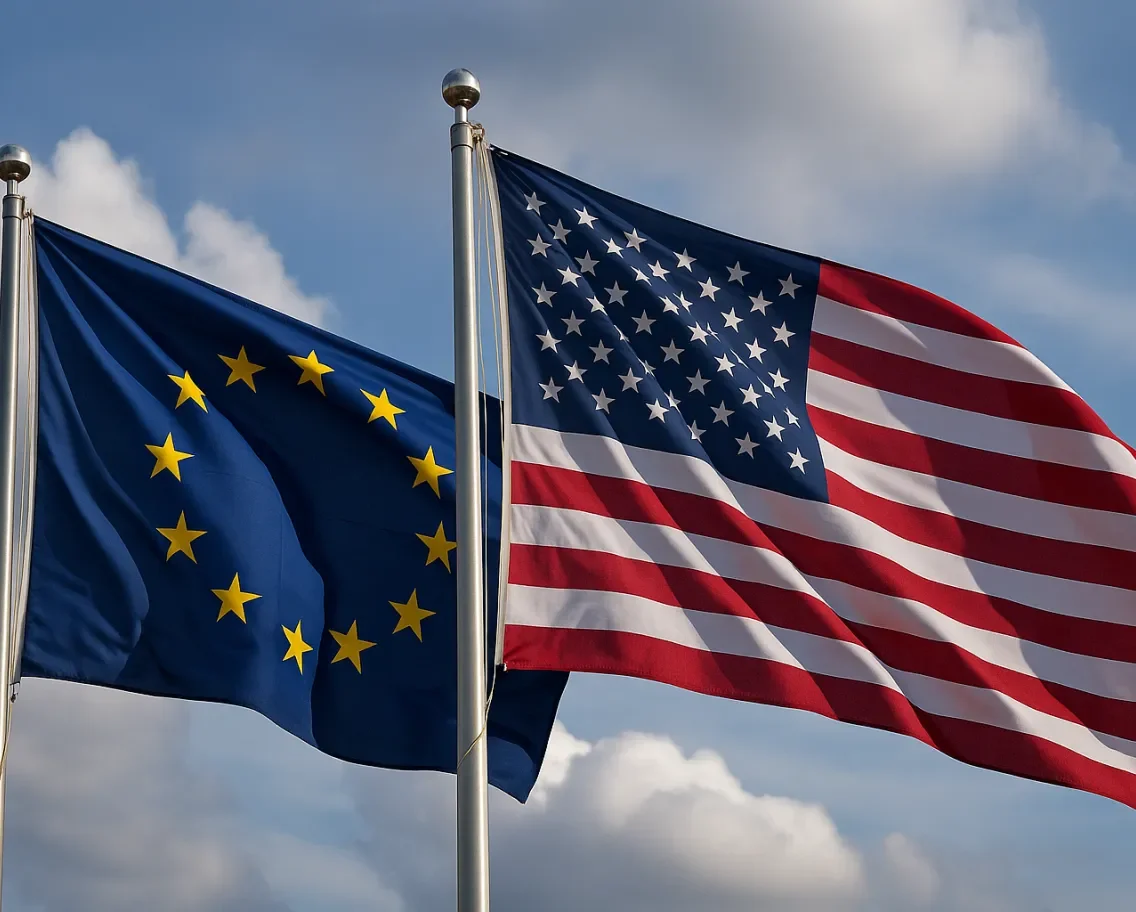KEY TAKEAWAYS FROM THE AGREEMENT
Here are the most important elements of the new trade deal:
- A unified 15% tariff will apply to EU exports to the US - effectively maintaining the combined current rate (4.8% base plus 10% temporary surcharge). In short, most goods will be subject to the 15% tariff.
- The 25% duty on EU car exports remains unchanged, avoiding former threats to raise it to 30%.
- Steel and aluminum products will continue to face a 50% US import tariff.
- Pharmaceuticals are excluded from the agreement, with US plans to encourage foreign producers to relocate manufacturing stateside, followed by potential import duties as high as 200%.
- The EU has committed to investing USD 600 billion in the US, and to purchase USD 750 billion worth of American energy over the next 3 years, helping reduce EU dependence on Russian oil and gas. So, the EU will inject over USD 1.3 trillion into the US economy via investment and energy contracts.
WHAT THIS MEANS FOR BUSINESSES
For companies operating in transatlantic trade, the deal brings:
- Greater predictability in tariff rates, making long-term planning easier.
- More transparent cost structures, allowing exporters to stabilize pricing strategies.
- Opportunities in energy trade, as the EU ramps up LNG, oil and nuclear fuel purchases from the US.
While the agreement sets a clear framework, ratification by EU member states is still pending, and will be crucial for full implementation. For Baltic companies, especially those in the automotive, chemicals, electronics and raw materials sectors, this deal could reshape export strategies and supply chain decisions. Either way, Baltic and EU businesses should prepare for procedural and pricing updates once the deal is ratified.
Author: Lonija Grīnfelde, Marketing Specialist







